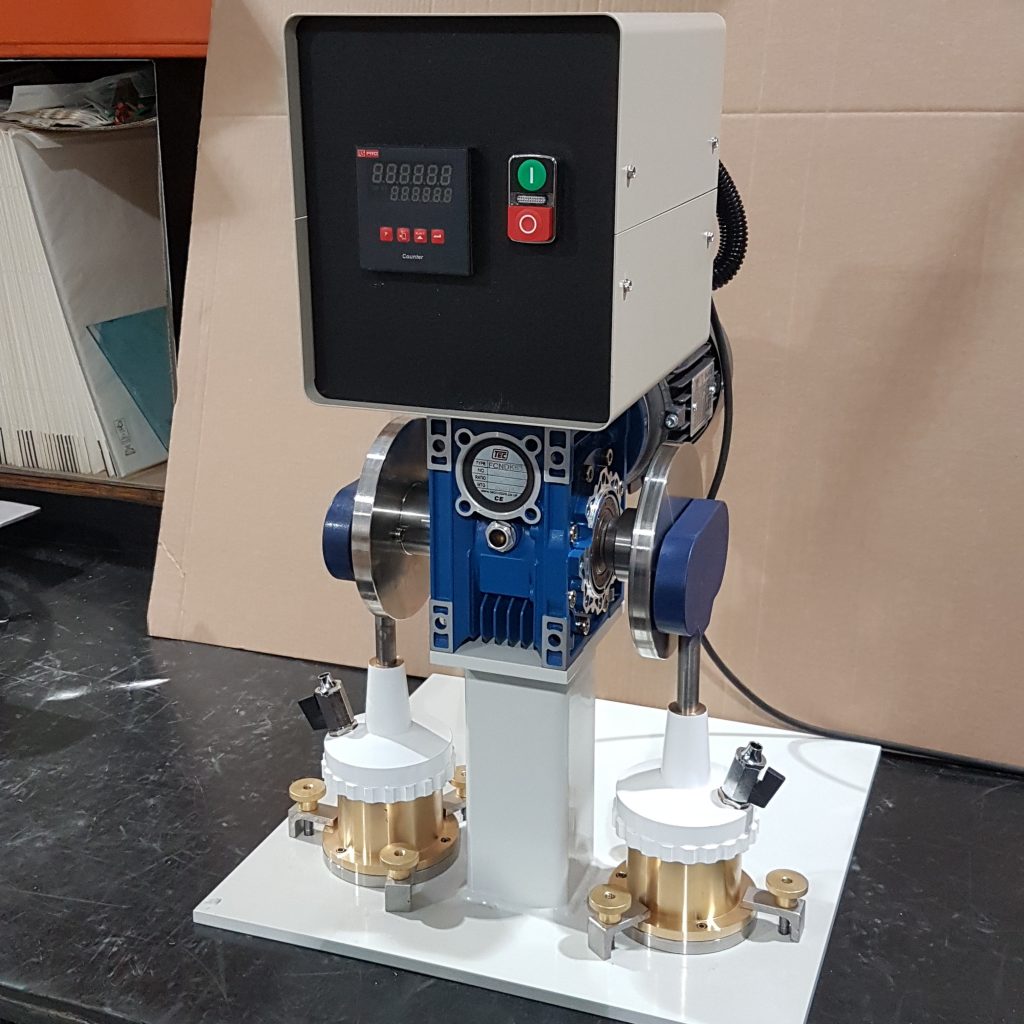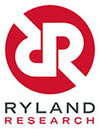GREASE WORKER FOR IP50 and ASTM-D217
The grease worker is an ASTM/IP standard test unit used in grease manufacturing for quality control. It prepares, or “works,” the grease before testing its consistency with a cone penetrometer.
Grease is loaded into a cylindrical cell, and the top assembly moves a perforated plate up and down through the sample. This action breaks down any non-permanent gelling that may have occurred during production, similar to the natural working the grease would experience during use.
Most tests use 60 strokes, but extended tests of 10,000 or even 100,000 strokes can be carried out to assess whether the grease hardens or softens over time in service.

PASSPORT TESTING MACHINE
A major currency printing company required a specialised testing rig for passports and approached a local engineering company for support. That company asked us to design and supply the electronic control system and stepper motor drive.
The resulting system, of which we supplied two, is a page-turning machine that flexes a passport page back and forth as part of a series of durability and handling tests. The aim is to ensure that passports maintain their condition and do not deteriorate excessively during their lifetime.
These machines have been supplied both within the UK and across the Mediterranean region.
UPGRADING A 1960’S SHELL 4-BALL TESTER TO VARIABLE SPEED
4-Ball Machines are used to test grease under extreme pressure conditions, including ASTM D-2596 for weld point and ASTM D-2266 for wear rate.
A grease manufacturer in the North West of England needed to perform weld point and wear scar tests at a range of rotational speeds beyond the standard 1,500 RPM. They could either purchase a new tester or upgrade their existing 1960s model, which was mechanically sound but had an outdated electrical system.
We provided a cost-effective modernisation by:
- Replacing the single-phase drive motor with a 1.5 kW three-phase unit
- Adding a variable-speed inverter programmed to replicate the original motor’s performance
- Installing a tachometer on the motor shaft for accurate RPM display
- Integrating a controller and data exporter to cut power at the weld point and transmit RPM and shaft revolution data to a computer via USB
The result was a 4-Ball Tester with two enhanced capabilities: variable-speed operation and data acquisition, allowing for greater flexibility and more detailed performance analysis.

